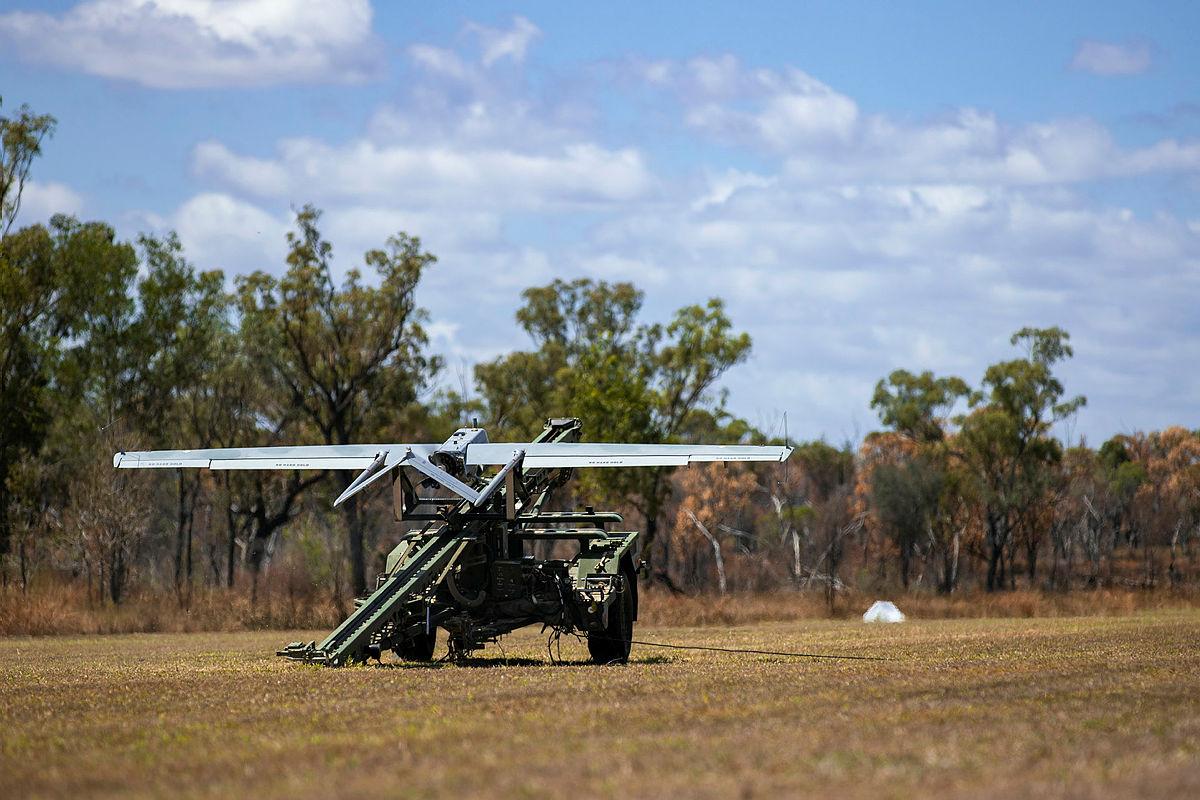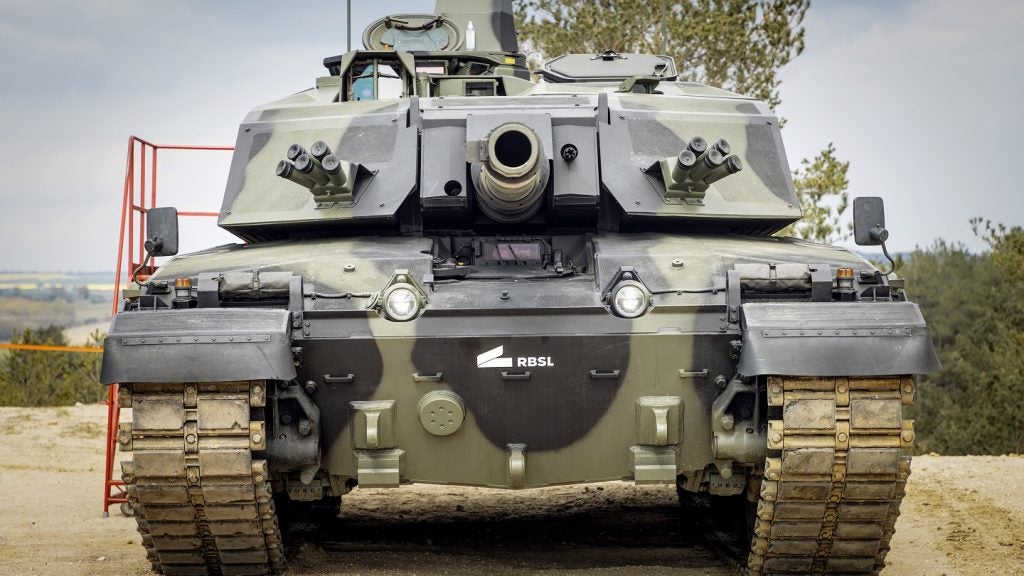
The Australian Government has announced that the army’s uncrewed aerial systems (UAS) recently underwent a comprehensive audit carried out by the Defence Aviation Safety Authority (DASA).
According to a Department of Defence statement, the whole drone fleet passed the audit.
DASA Squadron Leader Malcolm Walker said: “Army has been operating small to large UAS platforms for years and has learnt significant lessons in how to safely and effectively operate them in a variety of environments.”
However, the audit also identified some areas that require improvements.
Notably, the Australian Army operates more than 1,000 UAS with sizes ranging from a mobile phone to a small car.
Walker added: “Such a large and diverse fleet presents a number of challenges, such as training, and, to use a pilot term, airmanship.
How well do you really know your competitors?
Access the most comprehensive Company Profiles on the market, powered by GlobalData. Save hours of research. Gain competitive edge.

Thank you!
Your download email will arrive shortly
Not ready to buy yet? Download a free sample
We are confident about the unique quality of our Company Profiles. However, we want you to make the most beneficial decision for your business, so we offer a free sample that you can download by submitting the below form
By GlobalData“It is very difficult to teach a soldier who flies a mobile phone-sized UAS to think like a pilot of a helicopter. Clearly, we don’t need the soldier to have all the training that the pilot has, but there are aspects of that we do want them to have.
“So the soldier’s airmanship needs to be scalable based upon the size and complexity of the UAS being operated.”
The drones are usually used for intelligence gathering, surveillance, target acquisition and reconnaissance to support land force operations.
In August, the Australian Government announced new grants to boost the export capabilities of six local businesses.
It included a A$195,624 grant for Western Australia’s Orbital Corporation to boost production capabilities for propulsion systems and flight componentry for tactical drones.






